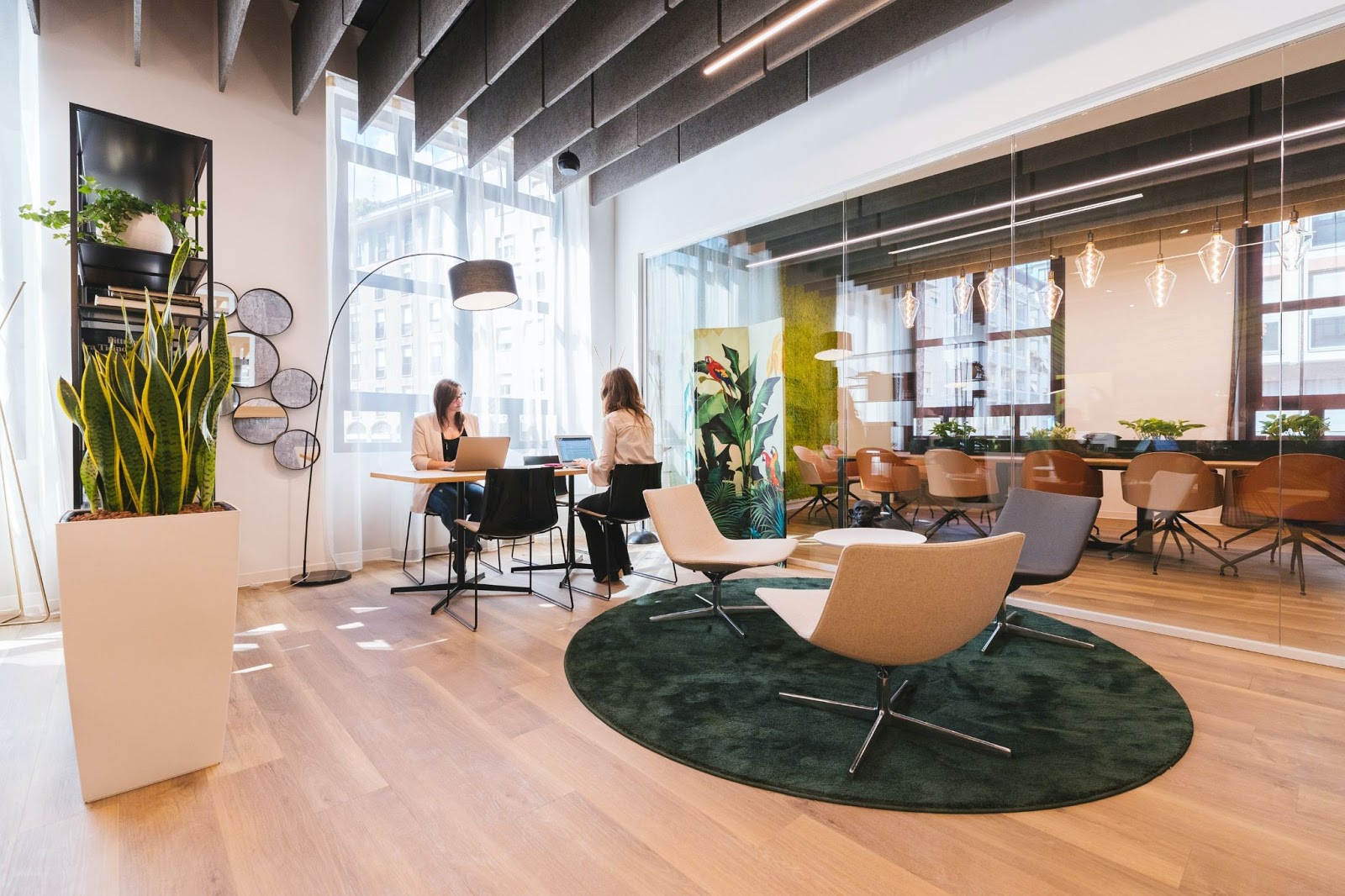MOGA Initiative Faces Challenges Amid AI Concerns
MOGA initiative aims to revitalize office spaces amid AI concerns, facing challenges in attracting workers back to traditional settings.

Introduction to the MOGA Initiative
In recent months, companies have been actively promoting the MOGA (Make Offices Great Again) initiative, aimed at revitalizing the appeal of office environments. This effort comes as workplaces face challenges in attracting and retaining employees, particularly in the wake of technological advancements and shifting attitudes towards workspaces. However, the response from workers has been lukewarm, largely due to concerns about the integration of Artificial Intelligence (AI) in the workplace.
Peter Bart, a prominent figure in the media industry, has highlighted the challenges companies face in convincing employees to return to traditional office settings. Despite the push for MOGA, many workers remain skeptical about the benefits of returning to offices, especially when AI is increasingly being used to streamline tasks and potentially replace certain roles.
Background: The Evolution of Workspaces
The concept of MOGA is part of a broader trend in redefining workspaces. Over the past decade, there has been a significant shift towards flexible and remote work arrangements. This shift gained momentum during the COVID-19 pandemic, as companies were forced to adapt to new realities. However, as restrictions have eased, many employers are now encouraging employees to return to the office, citing benefits such as improved collaboration and company culture.
Key Drivers of the MOGA Initiative
Several factors are driving the MOGA initiative:
-
Technological Advancements: The integration of AI in workplaces has raised concerns among employees about job security and the nature of work. While AI can enhance productivity, it also poses the risk of automating certain tasks, leading to job displacement.
-
Changing Workforce Attitudes: The pandemic has altered how people perceive work and work-life balance. Many workers now prioritize flexibility and autonomy over traditional office environments.
-
Economic Factors: Companies are facing economic pressures, including rising costs and shifting market conditions. The MOGA initiative is also seen as a way to revitalize office spaces and make them more appealing and efficient.
Industry Impact and Challenges
The MOGA initiative faces significant challenges, primarily due to worker skepticism about AI and office environments. Here are some key aspects of the industry's response:
AI Integration and Worker Concerns
-
Job Security: One of the primary concerns among workers is the potential for AI to replace certain roles. This fear is exacerbated by the lack of clear policies on how AI will be integrated into workplaces.
-
Skills Training: There is a growing need for companies to invest in training employees to work effectively with AI systems. This includes developing skills that complement AI capabilities.
-
Workplace Culture: The push for MOGA also involves redefining workplace culture to make offices more appealing. This includes creating collaborative spaces and fostering a sense of community among employees.
Economic and Social Implications
The success of the MOGA initiative will have broader economic and social implications:
-
Urban Revitalization: If successful, MOGA could help revitalize urban areas by bringing back workers and stimulating local economies.
-
Work-Life Balance: The initiative may also lead to a reevaluation of work-life balance, as companies seek to create environments that support both productivity and employee well-being.
Context and Implications
The MOGA initiative reflects a broader debate about the future of work and the role of technology in shaping workplaces. As companies continue to promote this idea, it remains to be seen how workers will respond. The integration of AI and the changing attitudes towards workspaces suggest that the future of offices will be shaped by a combination of technological advancements and evolving workforce needs.
Ultimately, the success of MOGA will depend on addressing worker concerns and creating environments that are both productive and appealing. This may involve significant investments in training, workplace design, and policies that ensure a smooth transition into an AI-driven work environment.
Conclusion
The MOGA initiative is part of a larger conversation about the future of workspaces. While it faces challenges, it also presents opportunities for companies to redefine their workplaces and create environments that are more appealing and efficient. As the debate continues, it will be crucial for companies to listen to worker concerns and adapt their strategies accordingly.
Relevant Images
Unfortunately, specific images directly related to the MOGA initiative or Peter Bart's commentary on this topic are not readily available in the search results. However, images of modern office spaces, AI technologies, and workplace innovations could be used to illustrate the article's themes.
Additional Context
For a more comprehensive understanding, it would be beneficial to explore additional sources discussing the MOGA initiative and its implications. This could include industry reports, surveys on worker attitudes, and expert analyses on the future of workspaces.
Recommendations for Further Research:
- Industry Reports: Look for reports from HR consulting firms or technology companies that provide insights into workplace trends and the adoption of AI.
- Surveys and Studies: Conduct or review surveys that gauge worker attitudes towards returning to offices and their perceptions of AI in the workplace.
- Expert Analyses: Consult with experts in organizational behavior, technology, and economics to gain a deeper understanding of the implications of MOGA.



